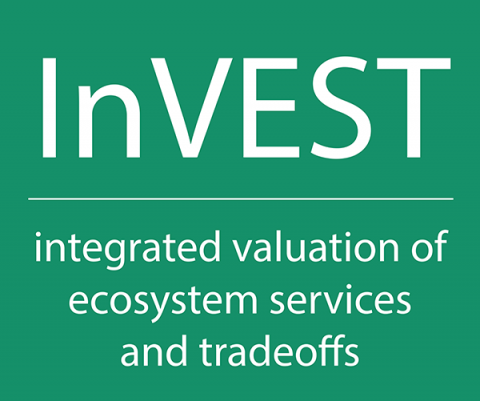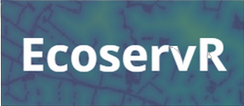ARIES (ARtifical Intelligence for Environment & Sustainability)
Visit Tool
ARIES (ARtificial Intelligence for Environment & Sustainability) is a collaborative and open-source platform for interoperable models and data, based on the Knowledge Laboratory (k.LAB) technology: an AI-powered and digital software for rapid ecosystem service assessment and valuation. It gives equal emphasis to ecosystem service supply, demand and flow in order to quantify actual service provision and use by society (as opposed to quantifying potential service benefits). It aims to provide a suite of models that support science-based decision-making where nature counts. Besides ecosystem services, ARIES also tackles natural capital accounting, food security, marine spatial planning, and renewable energy.
Currently, ARIES prototypes are available for use in specific case study areas by experienced modellers, however a new web-based ARIES Explorer (k.Explorer) aims to allow non-technical users to employ the tool by 2018.
Information Requirements
Input
Spreadsheets, databases (e.g. Access), maps (global maps are available by default online) or GIS databases
Output
Maps, quantitative data on ecosystem services and envrionmental asset portfolio
Resource Requirements
Standalone k.LAB software tool environment. ARIES Explorer (k.Explorer) is run from a web-based platform, and by early 2021 will be available through the U.N. Global Platform.
How does it work?
ARIES uses artificial intelligence to pair ES models with spatial data in order to quantify ES flows for a study area. The software will prioritize specific process-based models and revert to simpler models where required. It is based on the k.LAB [71] technology which allows researchers to contribute models and scientific data that simulate and integrate environmental and socioeconomic systems. Collaborative information is hosted on a network and when provided with a user query, ARIES automatically builds all the agents involved in the nature/society interaction, connects them into a flow network and creates the best models for each agent and connection.
The system to be analysed is defined by selecting a spatial context (i.e., bounding box, political jurisdiction, watershed) on the map and setting the spatial and temporal resolution. This allows for a detailed and dynamic assessment of how nature provides benefits to people. It specifically assesses carbon sequestration, river and coastal flood regulation, freshwater supply, sediment regulation, fisheries, recreation, aesthetic viewsheds, and open-space proximity values. ARIES prototypes are currently available for experienced modellers (training is recommended), and a web-based ARIES Explorer (k.Explorer) suitable for non-technical users was released in 2018.
Detailed Information
Key data sources:
Terrestrial, freshwater or marine focus?
- Terrestrial
- Freshwater
- Marine Focus
User Time Requirements:
Graduate analyst experienced in ES modelling and use of software. Working day = 6 hours. 130 days [73]
Developer Organisation
The ARIES project started in April 2007 with funding from the National Science Foundation to the Ecoinformatics Collaboratory at the University of Vermont, joined by Earth Economics and Conservation International. Since 2011 the project has been hosted at the Basque Centre for Climate Change (BC3).
Other Information
ARIES takes a quantitative approach to incorporating uncertainty to allow for improved model precision
By 2018, users should be able to develop and run models directly from the world wide web with ARIES explorer (k.Explorer)
ARIES Explorer (k.Explorer) will be similar to the Co$ting Nature tool, but will have better temporal application
Agent-based modelling will be an automated part of ARIES Explorer (k.Explorer)
Information or data archive including spatial and non-spatial data to populate the models, could substantially reduce the time needed to apply the tool.
ARIES Explorer (k.Explorer) will provide an easy to use interface. A user will click an area and search their storyline or question in the knowledge dictionary e.g. ‘Carbon’. Using a drag and drop approach, the platform will run the model (according to global models or user-specific models uploaded) and provide an output for the study area.

